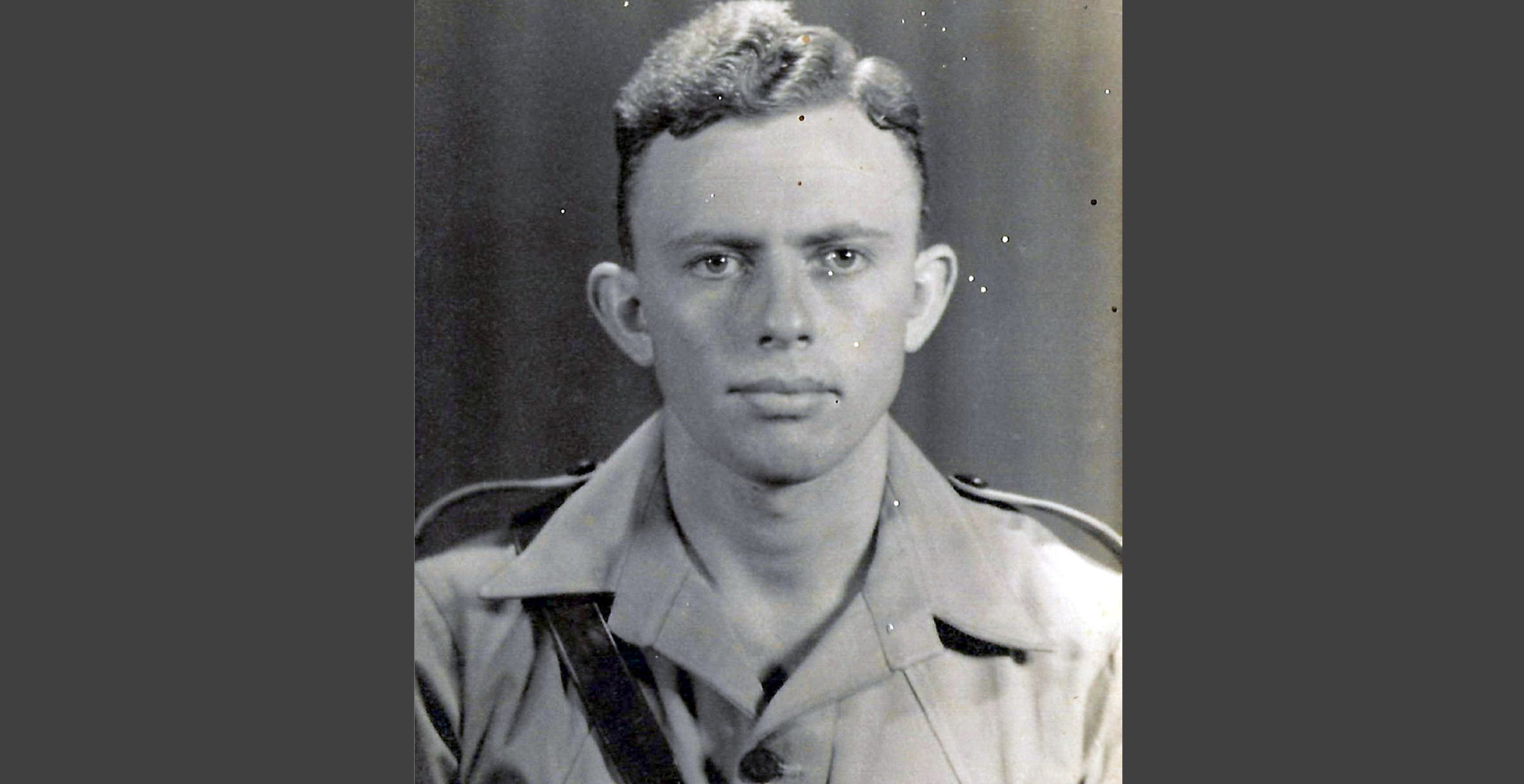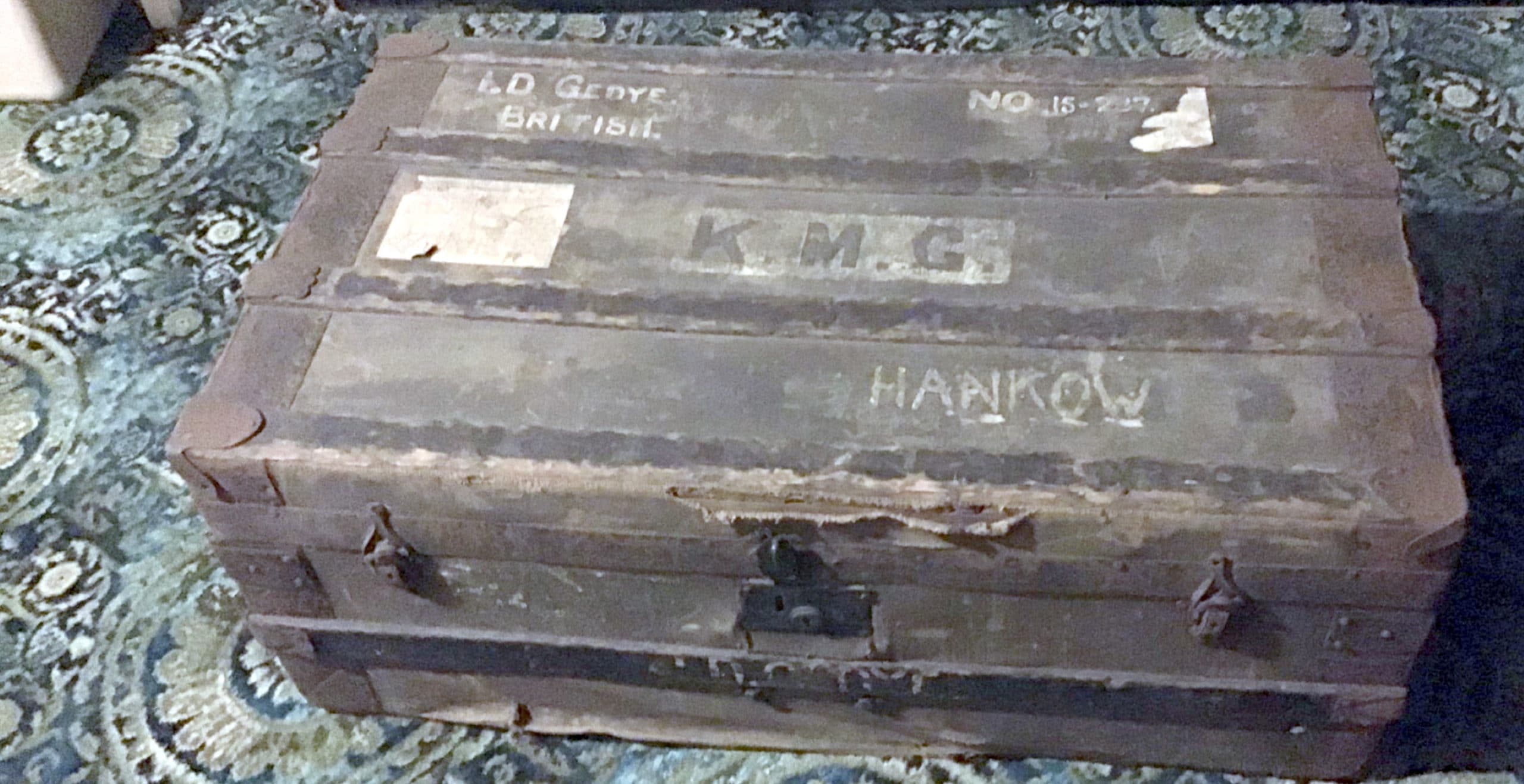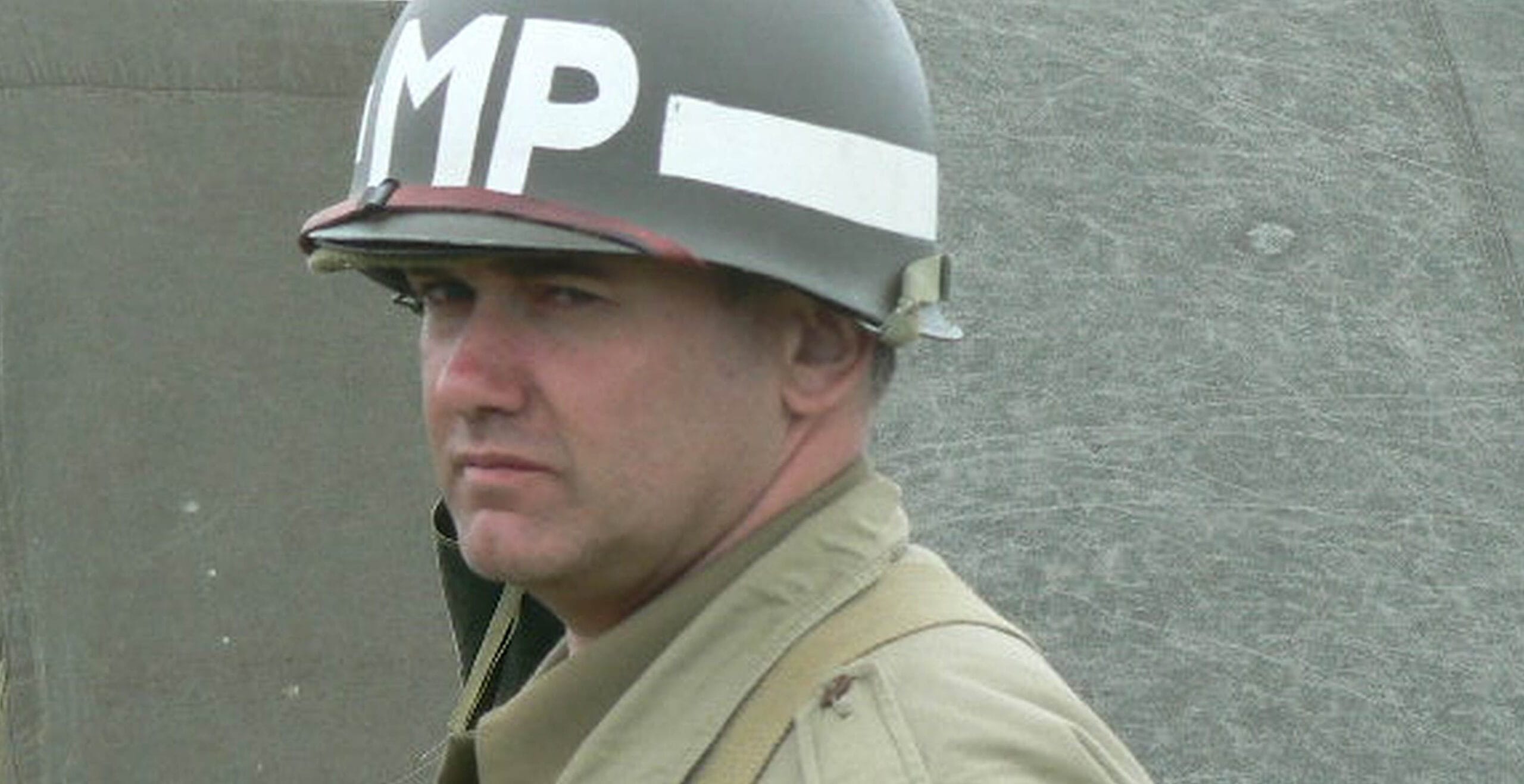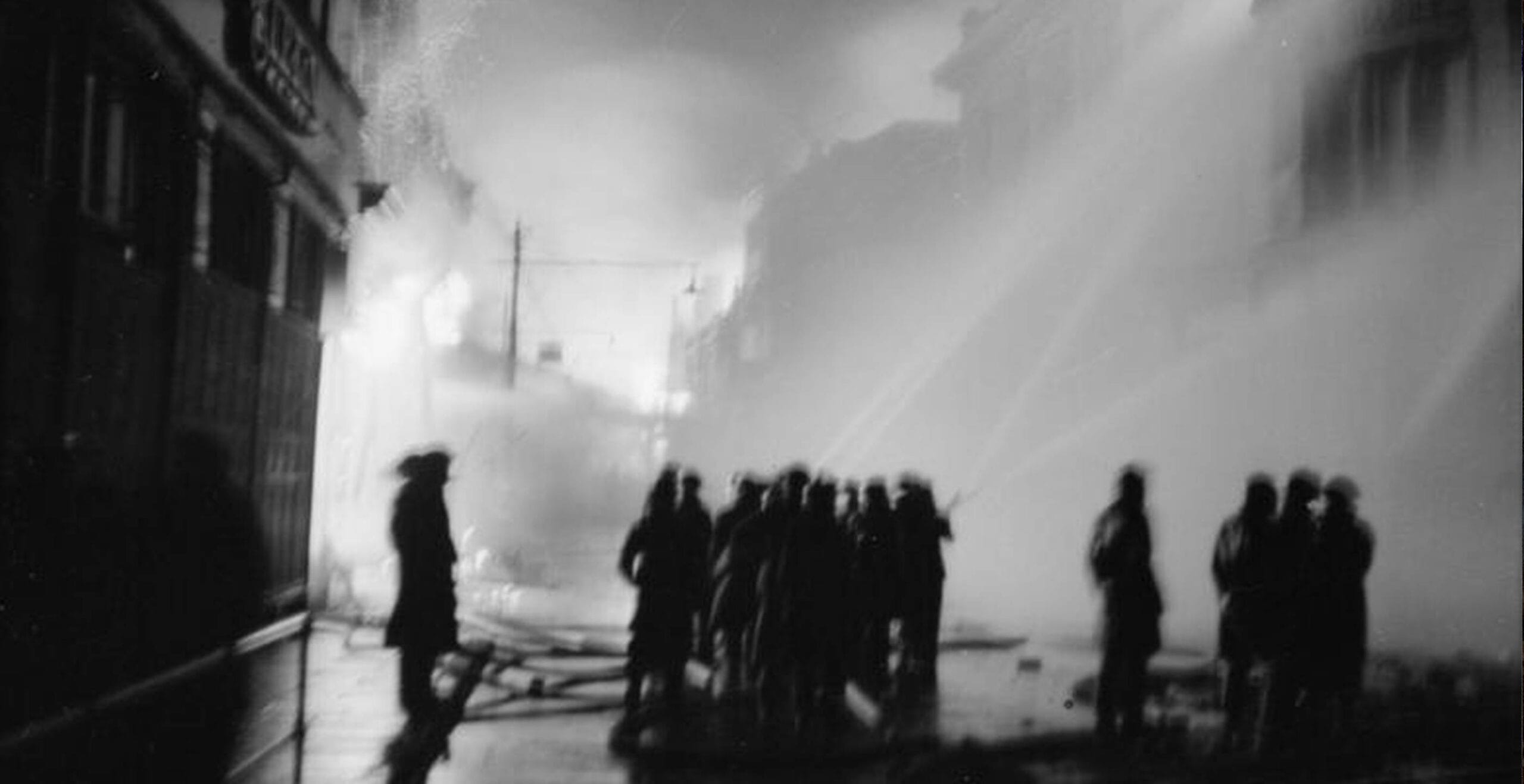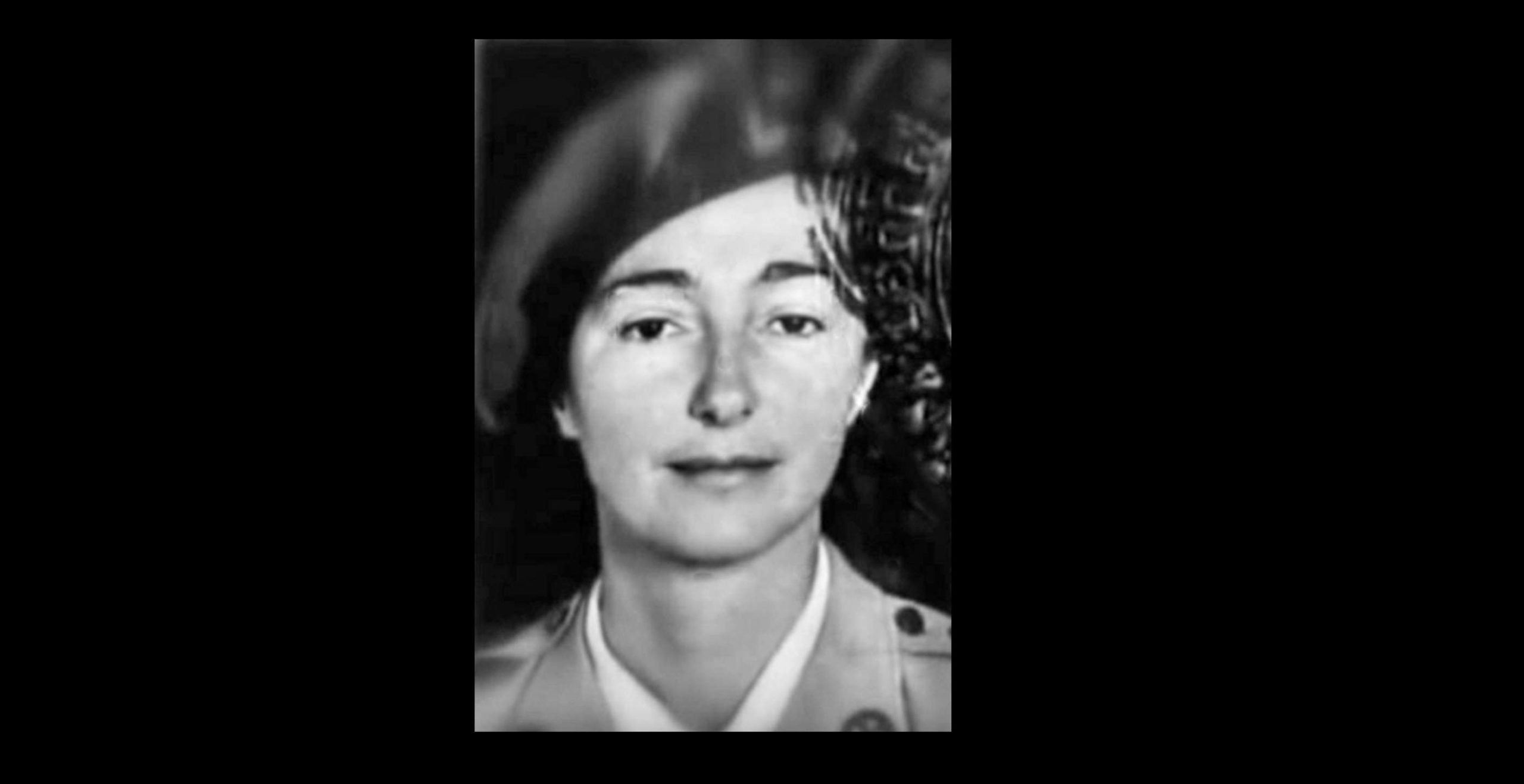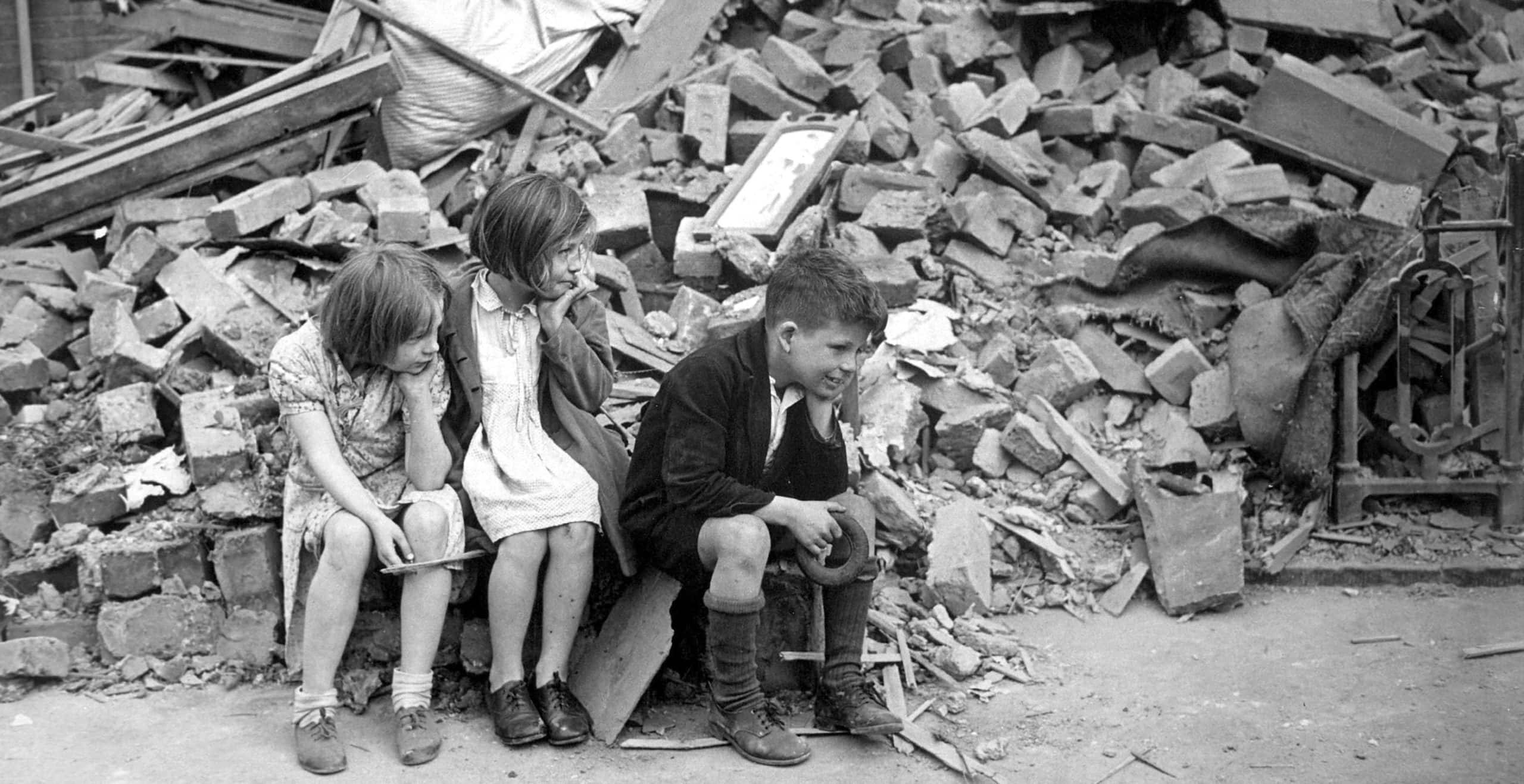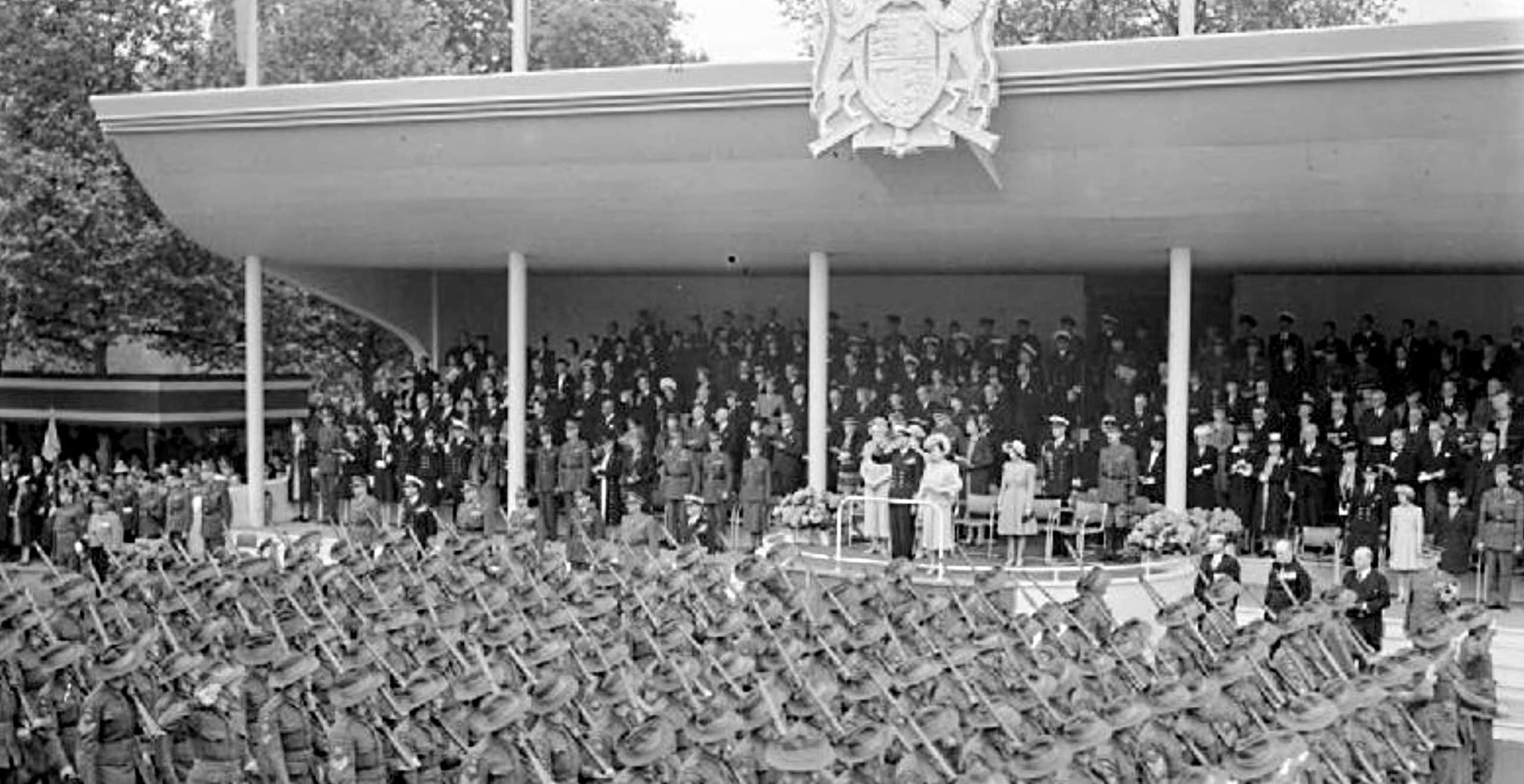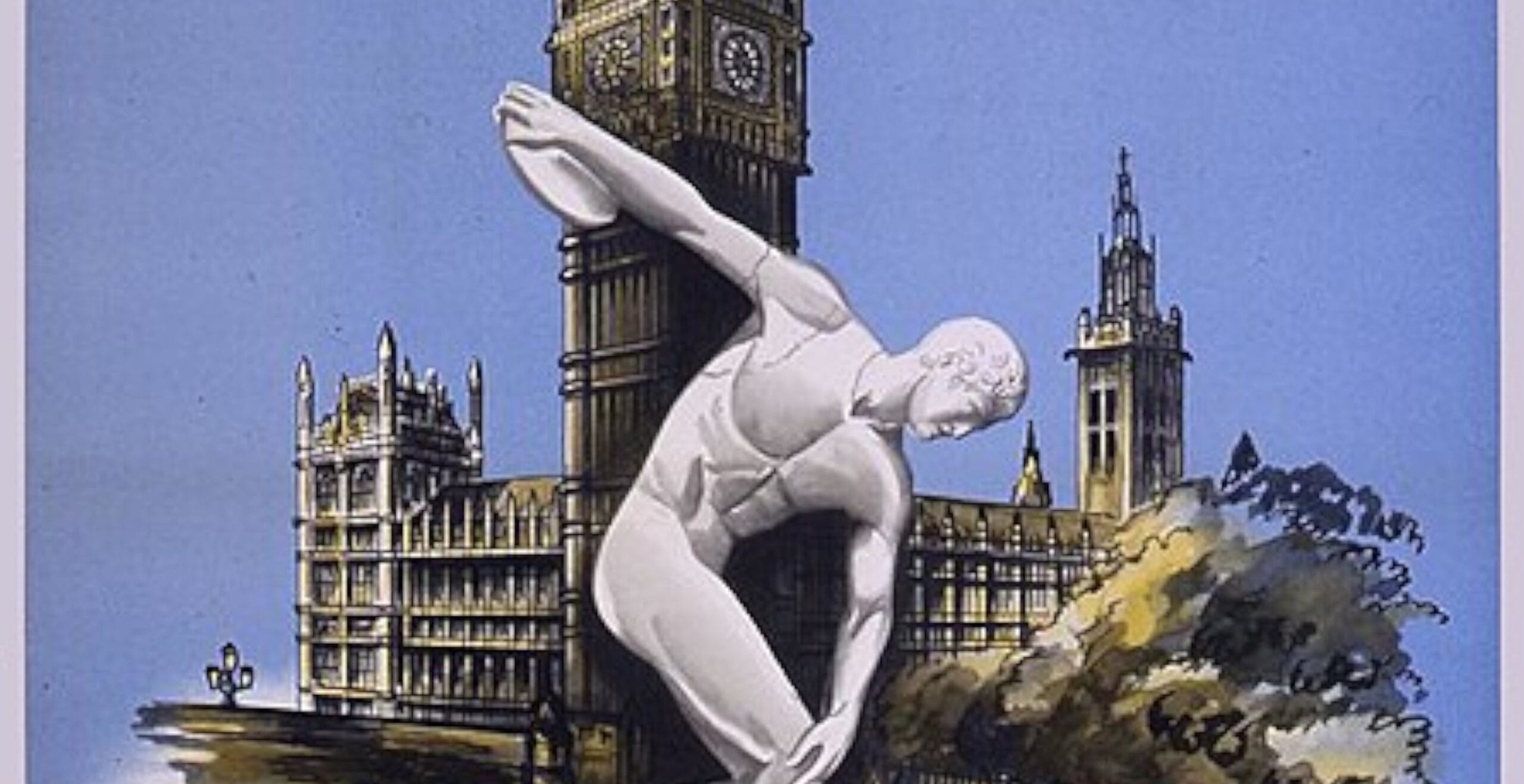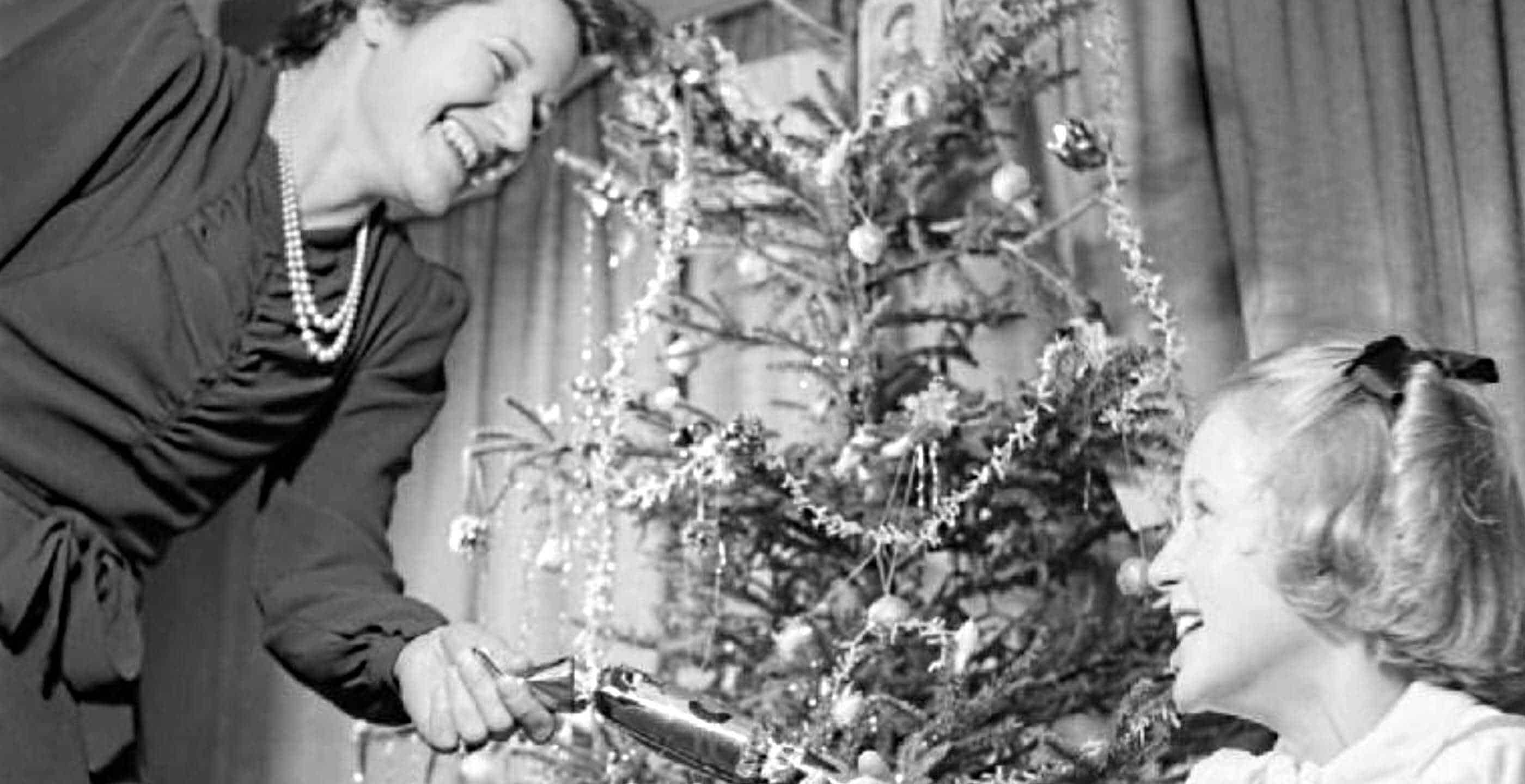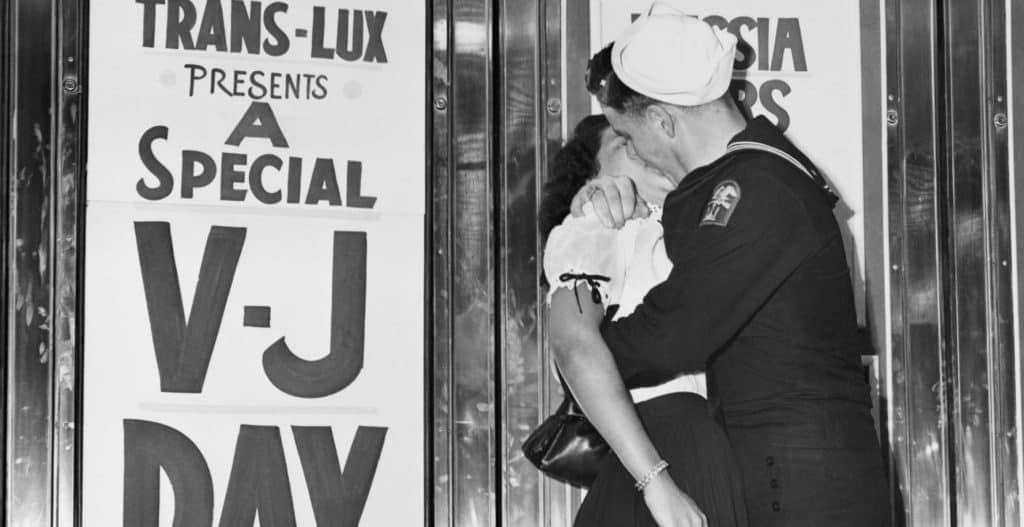As his platoon entered The Valley of Death, Lieutenant Neville Richards covered his nose to block out the stench. Bodies of Japanese soldiers in their hundreds littered the smoldering ruins of Tamu village, in some places piled ten feet high. Lashed by torrential rain, Buddha statues had survived the artillery barrage to settle their serene gaze on the desolation of shredded forest and cratered earth.
Richards gathered his unlikely band of brothers and pressed deeper into the jungle.
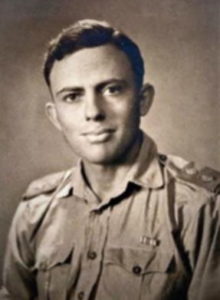
It was August 1944 and the 25-year-old officer had been deployed to one of the most brutal theatres of World War Two to rout the Japanese from Burma, where Britain sought to fend off a larger invasion of its colonial possessions in India and reclaim the wider region.
Astonishingly, there in the tropics of South East Asia, Richards was commanding neither British nor Indian soldiers — but rather a platoon of Maasai tribesmen from Tanganyika, modern-day Tanzania. Although their courageous service has ebbed from the collective memory today, these servicemen were among a vast, 90,000-strong contingent of Africans that joined this gruelling campaign in the Far East, contributing to Imperial Japan’s surrender and the end of the war that was commemorated last month, 75 years on.
“Without them, we would have been in great difficulty,” said Richards, aged 100, shortly before his death — by then the last surviving officer of all Britain’s African Regiments to have served in World War Two. “My troops had a tremendous warmth of spirit and warmth of heart. England was greatly helped by them.”
Decades on, however, the atrocities that took place in the Far East would haunt Richards into his twilight years, forcing the elderly veteran onto one final mission to find deliverance.
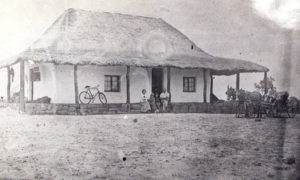
Born into a family of farmers in Southern Rhodesia, Richards had excelled as a sportsman at school before being recruited in 1940 following the outbreak of war. “It wasn’t a question of choice,” he said. “We just had to support Britain, no question”.
Initially sent to Kenya, his journey there involved 14 days on the back of an open truck along rough, bare-earth roads in clouds of thick dust, passing Mount Kilimanjaro and herds of gazelle along the way. His first deployment with the famous King’s African Rifles regiment took him to Abyssinia, modern-day Ethiopia, during which he came under fire for the first time. “Utter pandemonium reigned,” he said. “My knowledge of Swahili was so limited that I found it almost impossible to give orders coherently.”
Later his platoon had to escort 865 prisoners-of-war to Addis Ababa, followed by other postings across British East Africa. Then, in 1944, Richards was shipped off to Burma with his Tanzanian platoon — a perilous voyage during which Axis submarines launched a torpedo attack, forcing the convoy to scatter as two Allied destroyers steamed in.
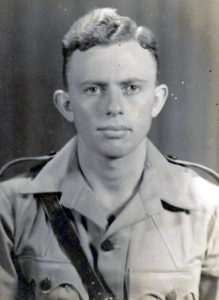
“I went down to check on my troops and the men were just sleeping and vomiting their way through it,” he said.
The naval assault was a mere prelude to the extreme danger that awaited them ashore. “We were very aware that we were going into frontline activity,” said Richards. “We knew this was going to be tough. There was some apprehension, also some excitement. But the troops were only too happy to get out of the boat and onto dry land.”
Over the next five months, at the height of the monsoon, his platoon saw action in the notorious Kabaw Valley and battled through horrendous conditions — thick forest, churning mud, tropical disease and constant downpours — sustained by meagre half-rations of just a tin of bully beef and two crackers daily. The threat of capture was a concern; Japanese forces had imprisoned tens of thousands of British and Commonwealth troops, subjecting them to cruel treatment and sadistic punishments in slave labour camps.
“We had 250 inches of rain in five months,” he recalled. “We were perpetually wet and had neither tents nor groundsheets. The terrain was terrible. The Kabaw Valley was infested with malaria and scrub typhus and was known locally as ‘The Valley of Death’. Supplies would be dropped by air, only to be shot out of the sky by the enemy.”
Richards ended up as the only white platoon commander of the company after one officer suffered a breakdown and another was shot in the neck, lying untreated for days in the rain until he was rescued. As part of their tribal ornamentation, his soldiers had long, extended earlobes that dangled to their shoulders, presenting an unexpected issue in the near-impenetrable jungle.
“Their earlobes would get snagged in bayonets or in branches so they would have to roll them up,” he said. “I always had to put black lotion on my face to blend in.”
With casualties mounting, Richards’ platoon would bury their dead in shallow graves, dug only with machetes, before sending a map reference of the makeshift resting place back to HQ. Yet, despite the bloodshed and the fear in this hostile landscape, there were moments of gallows humour too.
Following an exchange of fire, one of Richard’s askaris came to him, beaming: “Look, Bwana — a bullet has gone through my hat and grazed my scalp, so I don’t need a haircut!”
During their months in the field, under the overall command of the determined and quietly-charismatic General Sir William Slim, the platoon helped capture key sites along the Chindwin River and secure the longest ‘Bailey Bridge’ ever constructed, even with the Chindwin in full flood.
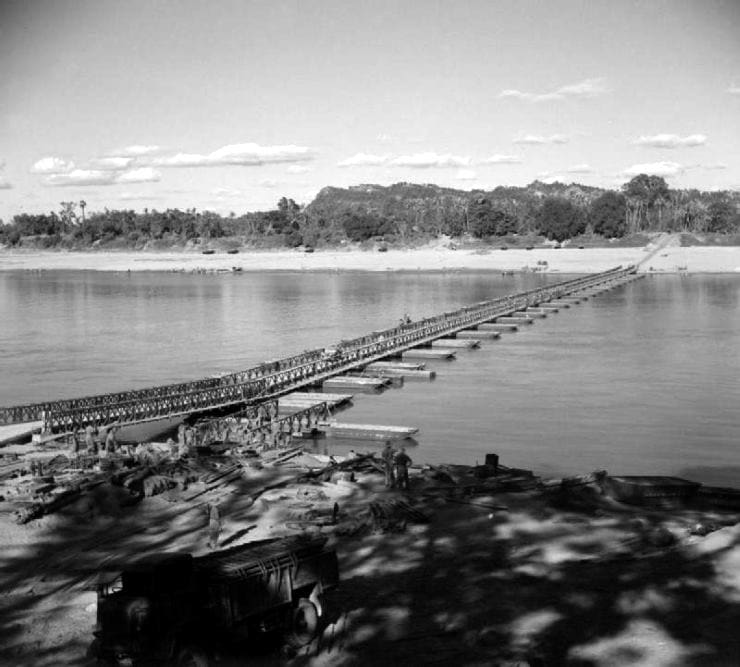
In spite of their heroic service, Richards’ platoon were at the sharp end of a colonial system that discriminated along racial lines. Such prejudice resulted in reduced payment and delayed demobilisation; in the worst instances, askari soldiers could be subjected to enforced recruitment and corporal punishment. Nor did this theatre of the war appear relevant to soldiers from Tanzania and elsewhere on the continent. Historians have since pointed to the absurdity of an imperial system that sent Africans to Burma to defend India and against the Japanese on behalf of the British.
Richards, who was later promoted to the rank of captain, was among the commanding officers to criticise such unequal treatment. “I felt so terribly sorry for them in Burma,” he said. “Occasionally they would be given two weeks leave but not often, whereas I could hitch a lift on a flight to Bombay and go somewhere comfortable in India. Black troops weren’t accepted anywhere — they couldn’t enjoy the same things as us. They were stuck in Burma after the war for longer. I felt sorry for them but couldn’t do anything about it to help them — that was the system then.”
After his demobilisation in 1946, Richards went on to raise three children with his wife and launch a successful wholesale business in Southern Rhodesia, modern-day Zimbabwe. In 2003, he and his wife permanently left the country for South Africa to seek better healthcare which had been ravaged under the Mugabe regime.
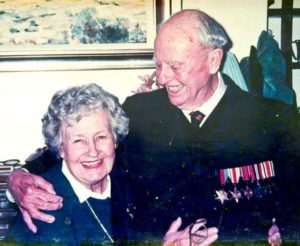
David Williams, the President of the King’s African Rifles Association, paid tribute to the valour of the late veteran: “Neville Richards should be remembered for his leadership of his Askari and his courage with them fighting a tenacious enemy in the most difficult terrain and climate and serving a very long way from home.”
Richards, like many veterans of the Burma campaign, would struggle to move on from his anger and resentment of the Japanese, whose imperial troops had subjected Allied prisoners-of-war to forced labour, starvation, torture and summary execution.
“Growing up, I was very aware that dad really, really struggled with Japanese people,” said his daughter, Liz Hodges. “I remember one occasion on holiday when I was a teenager – we were sightseeing on a bus when a large group of Japanese tourists got on and dad got up and said we had to get off this bus and leave right away.”
However, towards the end of his life – by now a great-grandfather, decades after international hostilities had formally ended in 1945 – the elderly veteran set out to make his own personal peace.
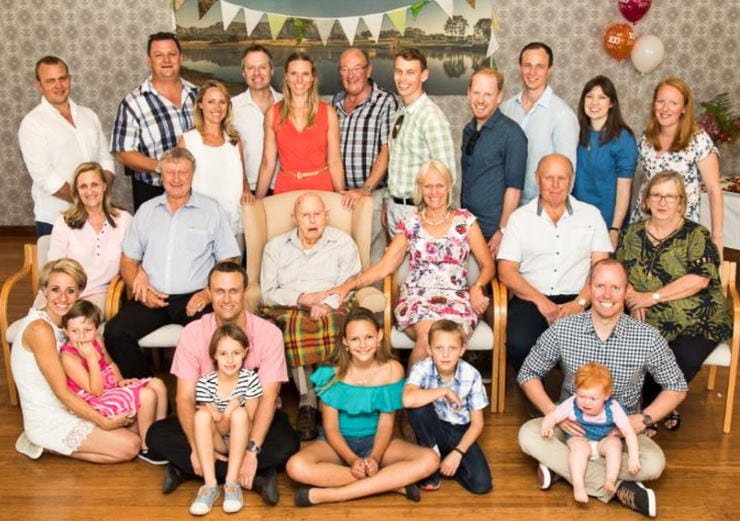
“In his last months he was telling his priest about this hate and that he wanted to find it in his heart to forgive them before he died,” said his son, Graham.
Following hours of conversations and reflection with his priest, Gordon Crowther, he managed to let go of the bitterness and find a new sense of calm and acceptance, crying tears of relief after one communion. “It lifted a huge weight off his shoulders,” his son added. But Richards was still left with one troubling doubt: “He said to his priest, ‘I have forgiven them but will they forgive me for all my years of anger and hatred?”
A few months before Richards’ death last April, the priest’s assistant, Rory Latimer, travelled to a memorial in the United States where he met the granddaughter of the Japanese naval commander whose submarine had sunk the USS Indianapolis towards the war’s end in 1945.
“Rory said to her, ‘I know this old man who is really struggling’,” recalled Liz. “He asked her if she would send forgiveness to dad on behalf of the Japanese people.
“Her response was ‘Absolutely – tell him that the Japanese people have already forgiven him’. Rory came back and told dad – it gave him this huge release. It was a very emotional time. He could finally put it all behind him.”
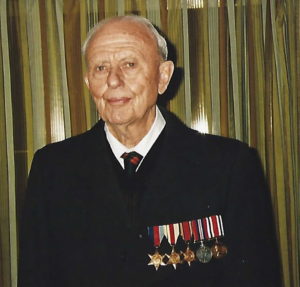
A few months later, Captain Richards passed away.
“He died very peacefully with both my brothers and me at his side,” Liz said. “We were singing army songs to him that day. His body just gave up, but his mind never did.”
Jack Losh is a journalist, filmmaker and photographer whose focus spans conservation, humanitarian issues and traditional cultures, often in areas of conflict and crisis. His work has been published by The New York Times, National Geographic and The Washington Post among others, with films shown by Al Jazeera English and The Guardian.
Family photos by kind permission of Captain Richards’ family.
